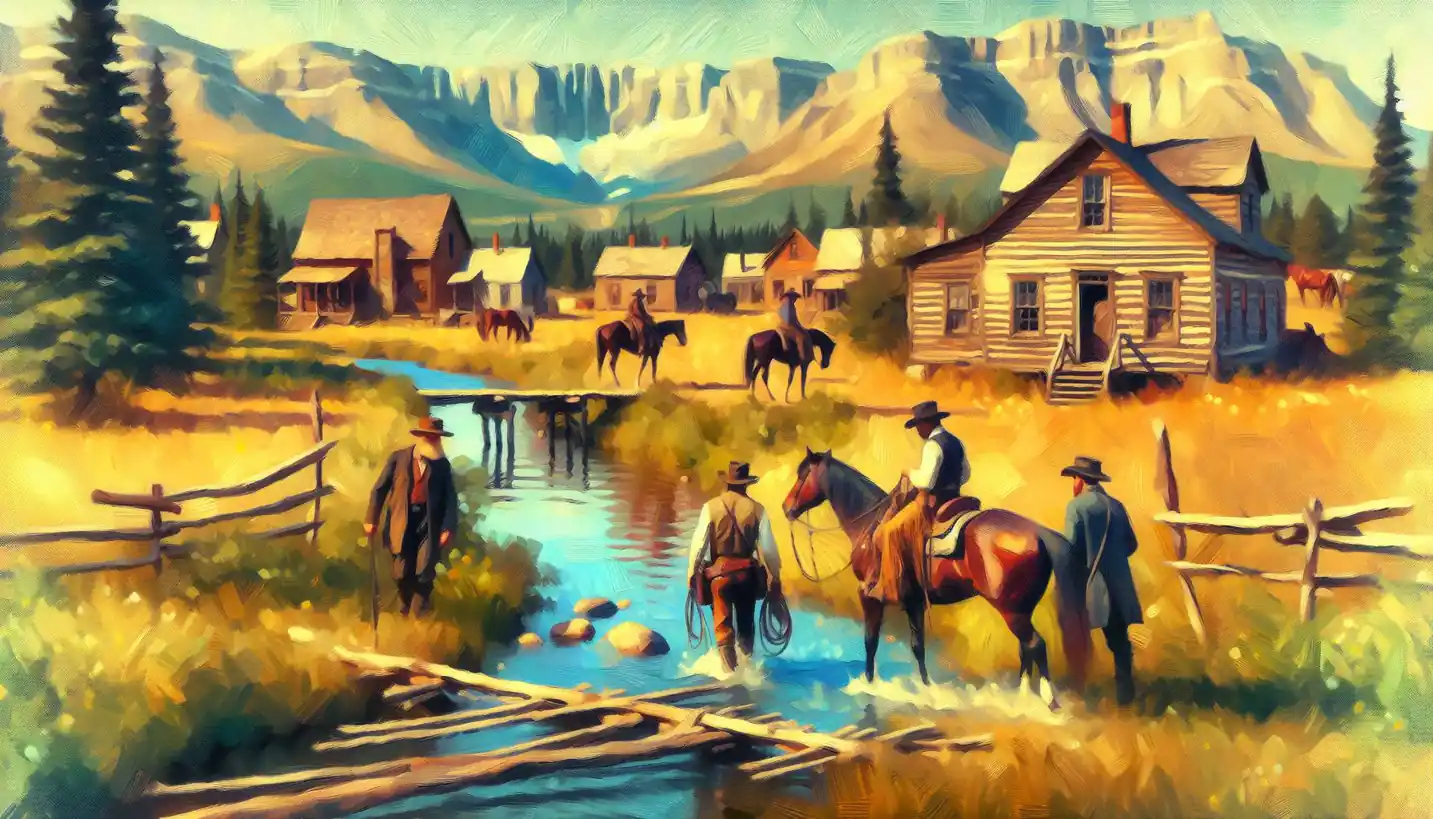· History · 5 min read
Indentured Servitude: An Overlooked Chapter in Social History
Indentured servitude offered labor in exchange for passage and opportunity. Uncover this often overlooked chapter in the story of migration and labor.

The concept of indentured servitude often gets overshadowed by the broader and more widely discussed topic of slavery. However, it played a significant role in shaping societies, particularly in the Americas and Europe. Delving into this fascinating aspect of social history, we see how economic pressures and social hierarchies drove countless individuals into contracts that promised opportunity but often delivered hardship.
Indentured servitude, in its simplest terms, was a system where individuals agreed to work for a certain number of years in exchange for passage to a new land, training, or room and board. This system, particularly prevalent from the 17th to 19th centuries, involved individuals who were not enslaved but were contracted for labor without full freedom.
Historical Roots and Context
Indentured servitude wasn’t a novel concept; it has roots reaching back to medieval Europe, where artisans and apprentices entered into similar agreements. However, the practice became particularly significant during the colonization period, especially in North America. With the New World offering new opportunities but lacking labor, the system of indentured servitude flourished.
Imagine the bustling ports of 17th century England. Prospective voyagers thronged with dreams of starting afresh in the colonies. Many were poor and lacked the means for the transatlantic journey. Here, the concept of indenture became alluring. The promise? A voyage to America and a new life after working for a specified time, usually four to seven years.
Not Just the English
Though many indentured servants came from England, they also hailed from Scotland, Ireland, and even parts of continental Europe and Asia. The system wasn’t confined to one area or group; it was a global phenomenon with unique variations in different regions.
In the Caribbean, for example, indentured servants from India and China contributed significantly to the plantation economies. Their stories often remain hidden beneath the narrative of transatlantic slavery, but their contributions and struggles were profound.
The Promises and Pitfalls
On paper, indentured servitude seemed fair—a mutually beneficial agreement. Employers received labor, and servants gained the chance for a new start. However, the reality was often different.
Life as an indentured servant was tough. Servants faced long working hours and grueling conditions, their treatment heavily dependent on their employers. While some found benevolent masters and went on to prosper, others endured harsh treatment and exploitation. The system, although not slavery in the legal sense, sometimes mirrored its cruelty.
One of the most popular destinations was Virginia, where indentured labor was crucial to the tobacco economy. As tobacco wealth grew, so did the demand for labor. However, many servants didn’t live to see the end of their contracts due to disease, overwork, and harsh living conditions.
Shaping Societies
Indentured servitude played a crucial role in the demographic and economic development of colonies. It allowed for the settlement and growth of colonies that would form the United States and other nations. The system contributed to a melting pot of cultures and ethnicities, influencing social structures and hierarchies that would evolve over centuries.
Moreover, as some indentured servants completed their term, they played a critical role in expanding frontier settlements. Many were rewarded with land, which stimulated growth and development beyond initial colonial boundaries.
Transition to Other Labor Systems
Over time, the practice of indentured servitude waned, primarily due to economic changes and the rise of African slavery. As the cost of indentured servants rose and the availability diminished, colonies, particularly in the American South, shifted towards enslaving African individuals.
This transition profoundly changed the labor landscape, leading to deeper and more entrenched systems of racial slavery. But the legacy of indentured servitude remained, influencing social and economic structures long after the system itself faded.
The Human Stories
It’s important to remember that behind every contract was a human story. Some indentured servants were driven by poverty, others by aspiration. Personal letters and records from the era reveal a complex tapestry of dreams, struggles, hopes, and disillusionment.
For many, the end of their indentureship marked the beginning of a new struggle for equity and space in a rapidly changing society. Some rose to prominence, while others were swallowed by the harsh realities of their new world.
Indentured Servitude in Popular Culture
Although it’s not as prominently featured in media as it perhaps deserves, indentured servitude occasionally appears in literature and film. These portrayals can spark interest in a part of history that remains lesser known compared to the more widely discussed aspects of colonization and slavery.
Why It Matters Today
Understanding indentured servitude is vital for comprehending the broader strokes of history. It represents themes of migration, labor exploitation, and socio-economic dynamics—a microcosm of larger patterns that persist even today.
Research into this area continues to shed light on forgotten or overlooked narratives, enriching our understanding of how societies were built and the labor systems that powered them. This exploration can offer valuable lessons on economic pressures and human resilience.
Questions for Further Exploration
Studying indentured servitude raises intriguing questions: How did these servitude systems compare with other labor models? What were the long-term impacts on descendants of indentured servants? Delving into these questions can provide a richer understanding of the shaping of modern societies.
Ultimately, the history of indentured servitude is a story of human ambition and resilience wrapped in the complexities of economic and social systems. Its legacy continues to resonate, reminding us of the intricate web of history that shapes the world we live in today.


